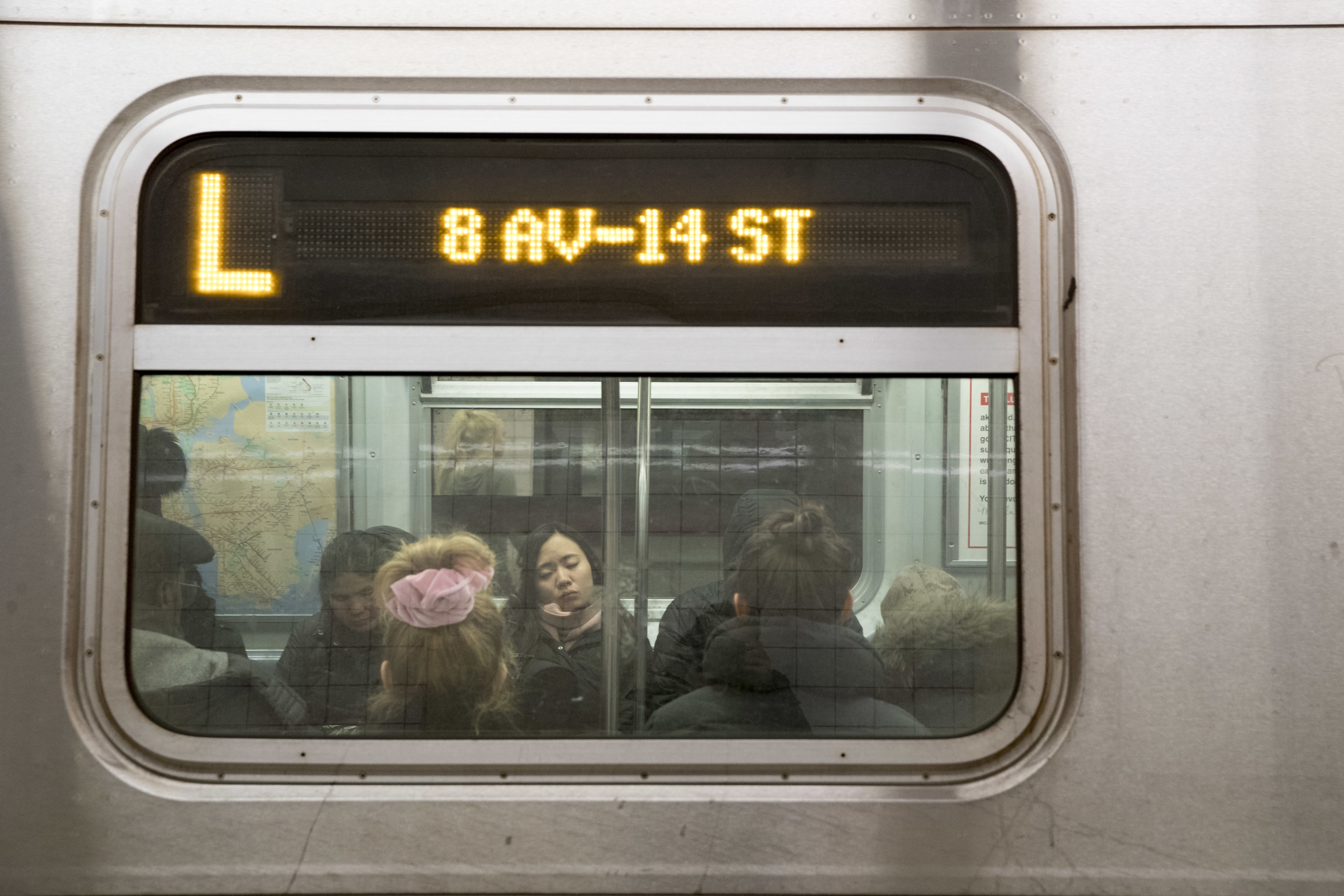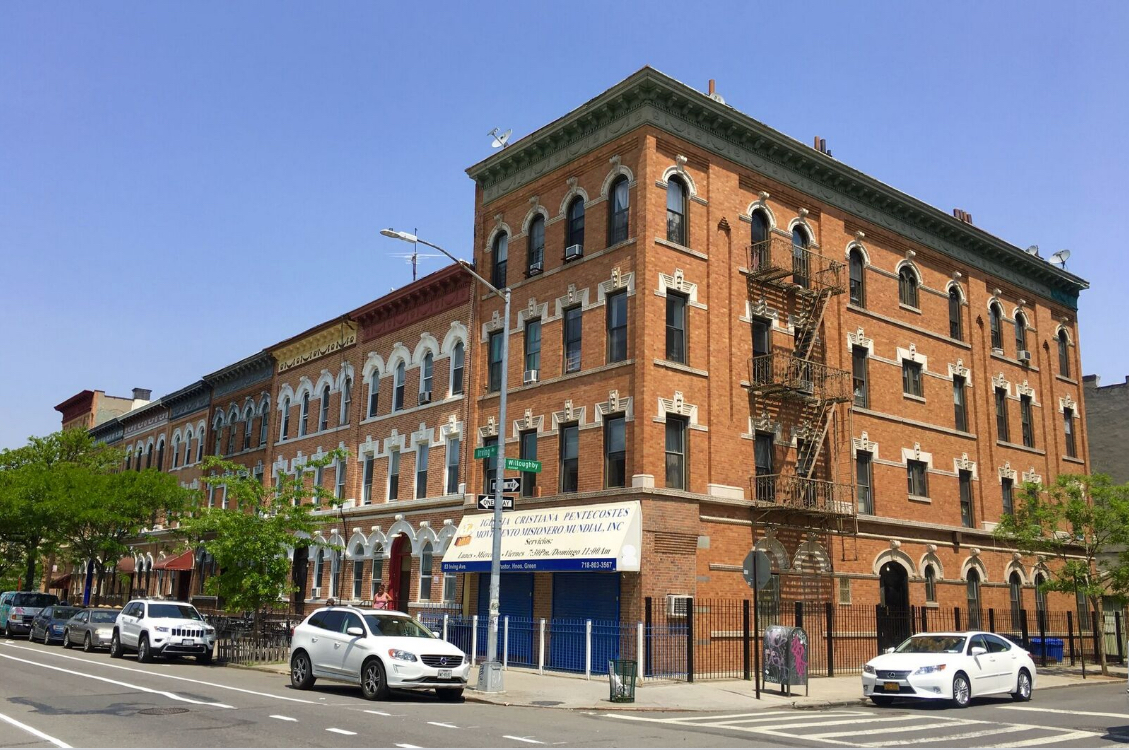OPINION: Cuomo’s L-train surprise: What was his motivation?

Gov. Andrew Cuomo announced last week that the L-train shutdown would be canceled. AP Photo/Mary Altaffer
As most of our readers know by now, as the much-feared L-train shutdown grew nearer and nearer, Gov. Andrew Cuomo on Jan. 3 announced that a full 15-month shutdown of the L’s East River tunnel doesn’t have to happen. Instead, he said, the MTA can do its work during overnight and weekend hours.
Some news reports said that the changes in the project are the result of a new approach to repair that Cuomo developed with engineers from Cornell and Columbia universities after he toured the tunnel in mid-December.
Not being an engineer, I can’t confirm or deny this, but I suspect that it might also be the result of Cuomo scouting out a possible presidential bid in 2020 or vying for a cabinet position in a future Democratic administration.
